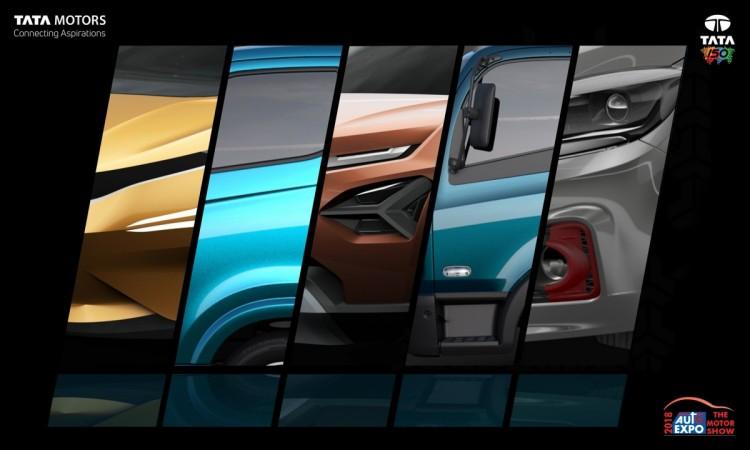
The biggest automobile extravaganza of India, the Auto Expo, is just around the corner. Tata Motors is one of the most talked about exhibitor and the teased information on the upcoming models are good enough to chew upon till the show beginning on February 7. The company will also debut Impact Design 2.0, an evolution of the original Impact design that hatched new-gen models like the Tiago, Tigor, Hexa and Nexon.
Among the new vehicles from Tata Motors, a premium hatchback codenamed X451 is expected to be the first model to feature Impact Design 2.0 characteristics. Check out top 7 things you need to know about the premium hatchback.
- Tata X451 will be the first model to be built on carmaker's Advanced Modular Platform (AMP). The platform will be the base for the future small car range of Tata Motors.
- The X451 will be positioned above Tata Tiago and it will go up against the Maruti Suzuki Baleno and Honda Jazz.
- Tata X451 is expected to be 200mm longer than the Tiago which is 3,746mm in length. However, new hatchback will still sit under the four-meter mark in order to slot itself in the lower tax slab.
- The teaser images suggest, X451 will have an aggressive front bumper and it will also feature Nexon-like faux ceramic insert below its window-line. The X451 is also expected to get a C-pillar mounted rear door handle.
- Being a premium model, the X451 will be equipped with features like Harman infotainment system with reverse camera, navigation and telephone connectivity.
- One of the aspects of Impact Design 2.0 reported being segment-leading wheel sizes. In that case, the Tata X451 is expected to get 15-inch wheels a standard.
- On powertrains, Tata X451 likely to be powered by a retuned version of the Tiago's 1.2-litre petrol engine and Nexon's 1.05-litre diesel motor.
Tata Motors is expected to launch the production version of this new hatchback by the end of 2018 or early 2019. The premium hatchback will be rolled out from the Sanand factory in Gujarat, which is set to be the production hub for all cars built on the AMP architecture.


















![India Auto Roundup: Maruti Suzuki, Mahindra have exciting launches in November [details here]](https://data1.ibtimes.co.in/en/full/805520/india-auto-roundup-maruti-suzuki-mahindra-have-exciting-launches-november-details-here.jpg?w=220&h=135)